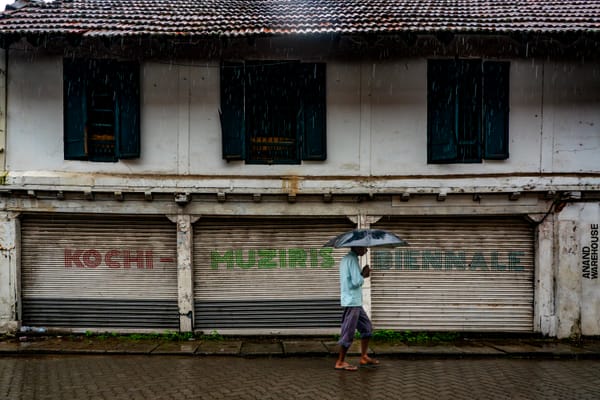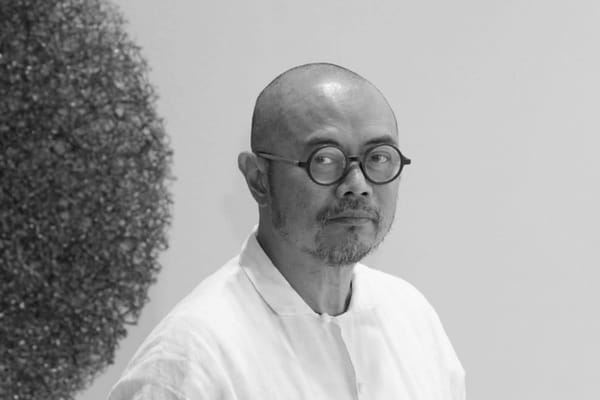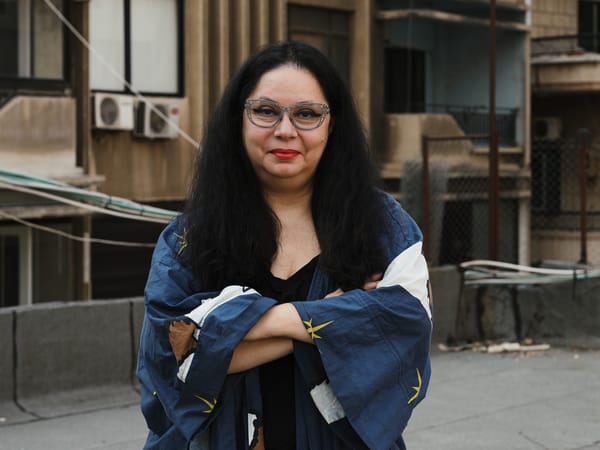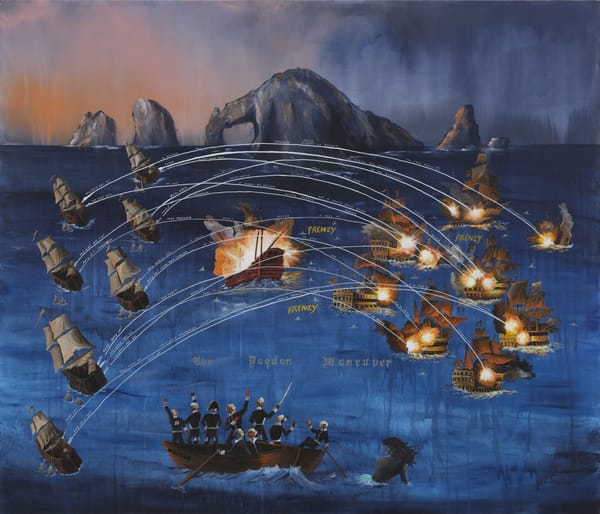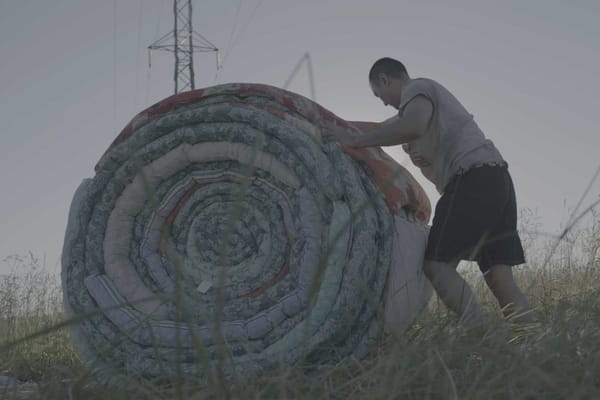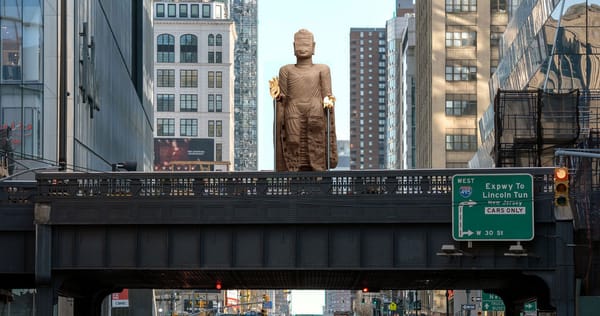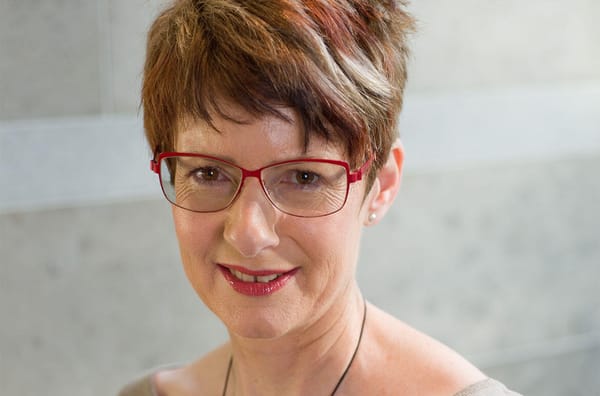News
Death By Annual Cuts For Australia’s Arts Organizations
Although the Australia Council for the Arts announced a AUD 5 million (USD 3.1 million) relief package on March 25 for artists and cultural organizations tackling revenue shortfalls and job insecurity due to Covid-19, results for four-year funding applications revealed on April 3 paint a bleak picture for the arts community. Forty-one percent of the final-stage applicants will not receive federal funding during 2021–24, while grants to the 95 successful organizations are being reduced to 70 percent of the amount requested in the first year.
Defunded arts organizations include the country’s largest institutions, such as the Queensland Art Gallery | Gallery of Modern Art in Brisbane; the Museum of Contemporary Art Australia and Campbelltown Arts Centre (C-A-C) in Sydney; and the Art Gallery of South Australia (AGSA) in Adelaide. A slew of literary and performing-arts organizations have also taken a hit, notably the Sydney Writers Festival, the Australian Book Review, and Sydney’s Australian Theatre for Young People. These are among the 49 to receive some aid in the form of transitional funding only for 2021, also set at 30 percent less than existing annual funding.
The AGSA managed to secure funding from alternative sources, with director Rhana Devenport telling AAP via email: “Although AGSA did not receive four-year funding from the Australia Council for the 2022–2024 Adelaide Biennial of Australian Art, the Gallery received an increase in funding through Visual Arts and Craft Strategy National Priorities funding for 2021–2024 specifically for the Biennial. This funding, matched with private support through the Biennial Ambassadors Program, will ensure the presentation of the Adelaide Biennial in 2022 and 2024.”
C-A-C director Michael Dagostino stated to AAP: “This cut will run deep, and we are in a position where we will need to rethink and reorientate how we can continue to support artists and the community in the same way . . . [We] have a committed Local Government who see the importance of arts within the region, but it’s naive to think that our main funder will make up the shortfall.”
Totaling AUD 31.7 million (USD 19.7 million), the latest round of the Australia Council’s multiyear funding is an increase from the AUD 28 million (USD 17.4 million) invested per year from 2017 to 2020, albeit spread more thinly. Australia Council CEO Adrian Collette explained in a press statement that the changes were implemented in order to “provide support for the greatest possible number of small to medium arts organizations. This has involved increasing the program funding and the number of funded organizations. This is to enable as many as possible small to medium arts organizations to continue to operate, and to strengthen the long-term sustainability of the arts sector and the many thousands of Australians it supports.”
Many of the country’s cultural workers were not convinced, with National Association for Visual Arts (NAVA) executive director Esther Anatolitis expressing concern over the slashed grants: “Rather than receiving extra support at this perilous time, [the recipients are] starting out with a cut.” Anatolitis characterized the latest cuts and the Council’s need to redirect its own funds in the absence of boosted federal support as the result of the government’s diversion of resources away from arts and culture, exemplified by Australian prime minister Scott Morrison’s axing of the federal department for the sector. She added: “What we’re seeing here are the consequences of last year’s government restructure that rendered the arts invisible in the name of its new portfolio, as well as dismissing its most senior public servant, a seasoned professional with extensive creative industry policy expertise.”
On April 7, artists shared videos and posts with the hashtag #CreateAustraliasFuture, urging the Australian government to step up support for the creative industries. Artists Agatha Gothe-Snape, Amala Groom, Sally Smart, Julia Robinson, Maria Fernanda Cardoso, and Abdul-Rahman Abdullah were among the participants.
Earlier, more than 100 cultural organizations signed an open letter dated March 26 addressed to PM Morrison and the deputy prime minister Michael McCormack outlining the dire financial situation faced by Australia’s cultural workers and demanding “targeted stimulus to a value of 2 percent of the AUD 111.7 billion industry.” The petition called for AUD 1.5 billion (USD 930 million) in cash injection payments to affected businesses; AUD 180 million (USD 112 million) in funding for the Australia Council; wage subsidies; and rent relief, among other policies. Signatories included the Arts Industry Councils for the states of South Australia and Victoria; the Art Association of Australia and New Zealand; the Australian Museums & Galleries Association; and Melbourne-based experimental art group APHIDS.
Ophelia Lai is ArtAsiaPacific’s associate editor.
To read more of ArtAsiaPacific’s articles, visit our Digital Library.
